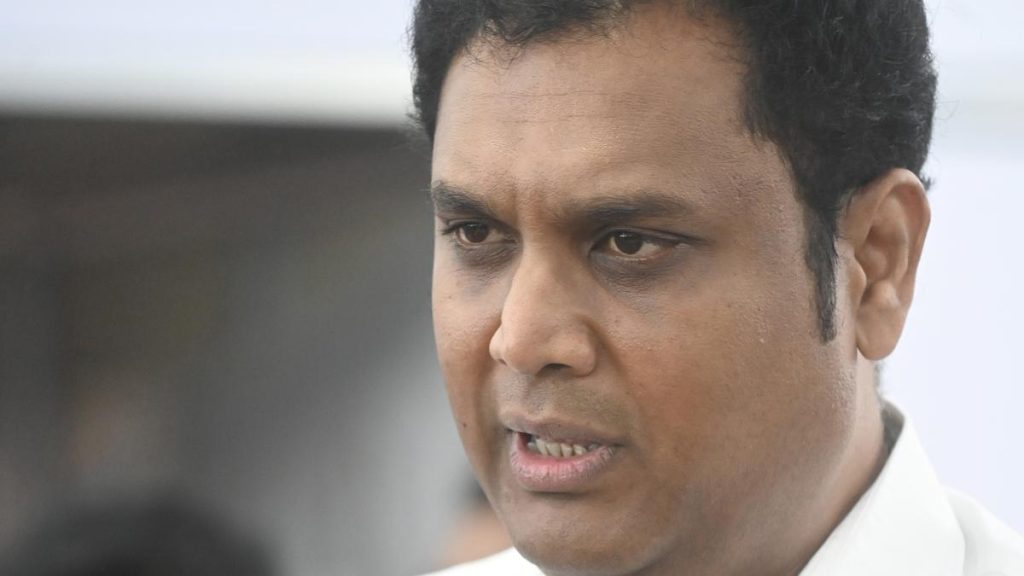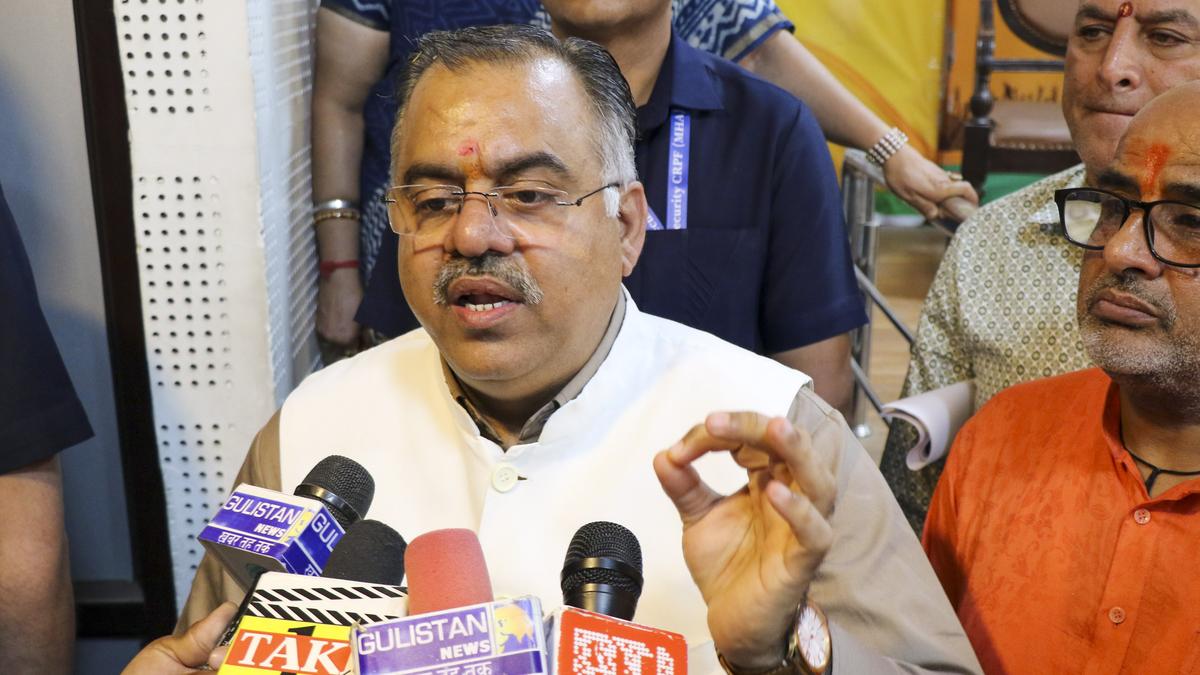Now Reading: Early Gestational Diabetes Screening Key to Healthier Mothers and Children
-
01
Early Gestational Diabetes Screening Key to Healthier Mothers and Children
Early Gestational Diabetes Screening Key to Healthier Mothers and Children

Quick Summary
- World Health Day Theme (April 7th): WHO placed emphasis on “Healthy Beginnings, Hopeful Futures,” reflecting the importance of preventing diabetes from the prenatal stage.
- Gestational Diabetes Mellitus (GDM): GDM increases risks for Type 2 diabetes in mothers and metabolic disorders in children. Early intervention strategies before the second trimester are critical.
- Early screening recommendations: Diabetologists suggest glucose testing by the eighth week of pregnancy, as maternal hyperglycemia during early gestation can lead to lifelong health issues for offspring.
- Barker’s Hypothesis: The theory links conditions in utero to adult chronic diseases like obesity and Type 2 diabetes due to fetal exposure to high glucose levels during early development.
- Indian Context: India has over 77 million diabetic individuals; approximately 20% of pregnant women develop GDM. Barriers include late antenatal checkups, genetic predisposition, and insufficient awareness among healthcare providers.
- Policy advocacy: Experts at DIPSI call for new maternal healthcare policies emphasizing primordial prevention, early glucose management starting from pre-conception care, and standardized national guidelines by implementing testing by the eighth week.
- Implementation needs: Recommendations include educational programs for care providers in remote areas, revised clinical guidelines across states/regions, affordable treatments/tests accessible nationwide.
Indian Opinion Analysis
India’s alarming rise in diabetes cases-coupled with a notable prevalence of Gestational Diabetes Mellitus-underscores an urgent need for systemic change in maternal care practices. The article makes a compelling case for shifting prenatal protocols toward early screenings within eight weeks of pregnancy to mitigate long-term health burdens on both mother and child. this approach aligns with Barker’s Hypothesis which highlights that addressing physiological exposures during pregnancy could break intergenerational cycles of metabolic diseases.
Implementing these changes will require coordinated efforts across healthcare providers, policymakers, and public education systems. Early detection methods may face challenges such as infrastructure limitations or awareness gaps among rural populations but despite these obstacles practical solutions like affordable treatment schemes hold promise. With India’s significant susceptibility rooted partly in genetic predispositions and delayed adherence to global prenatal standards-the call listed here reflects not merely a choice but an imperative necessity outlined unequivocally advocatable

























